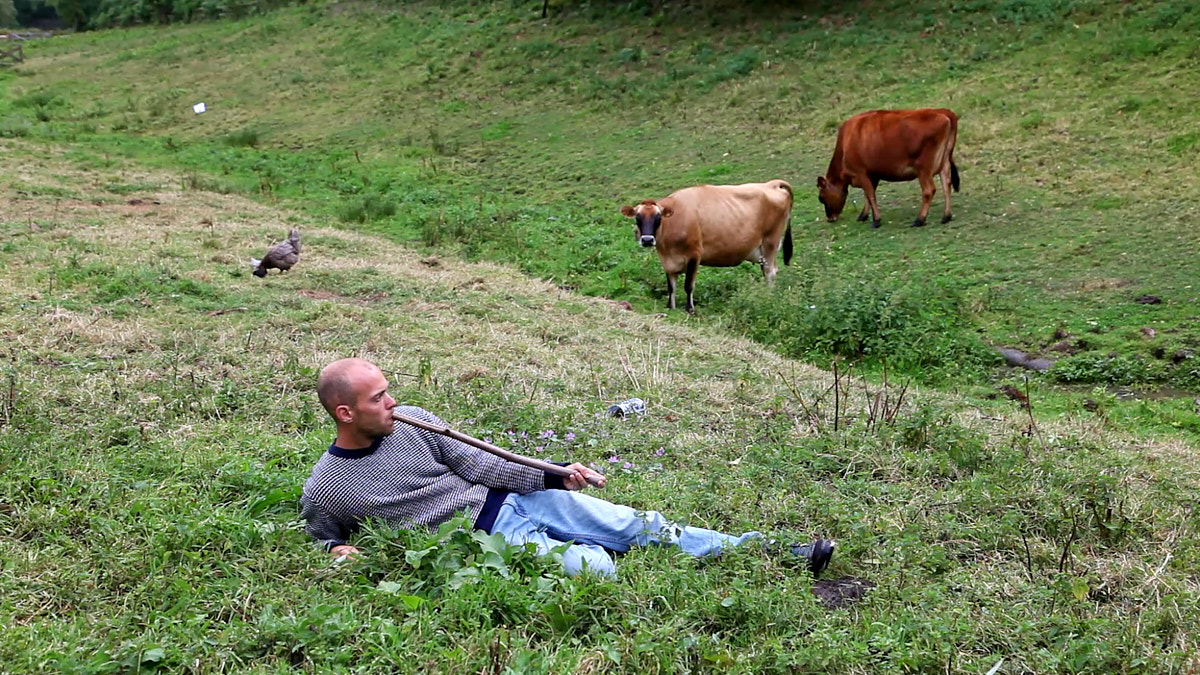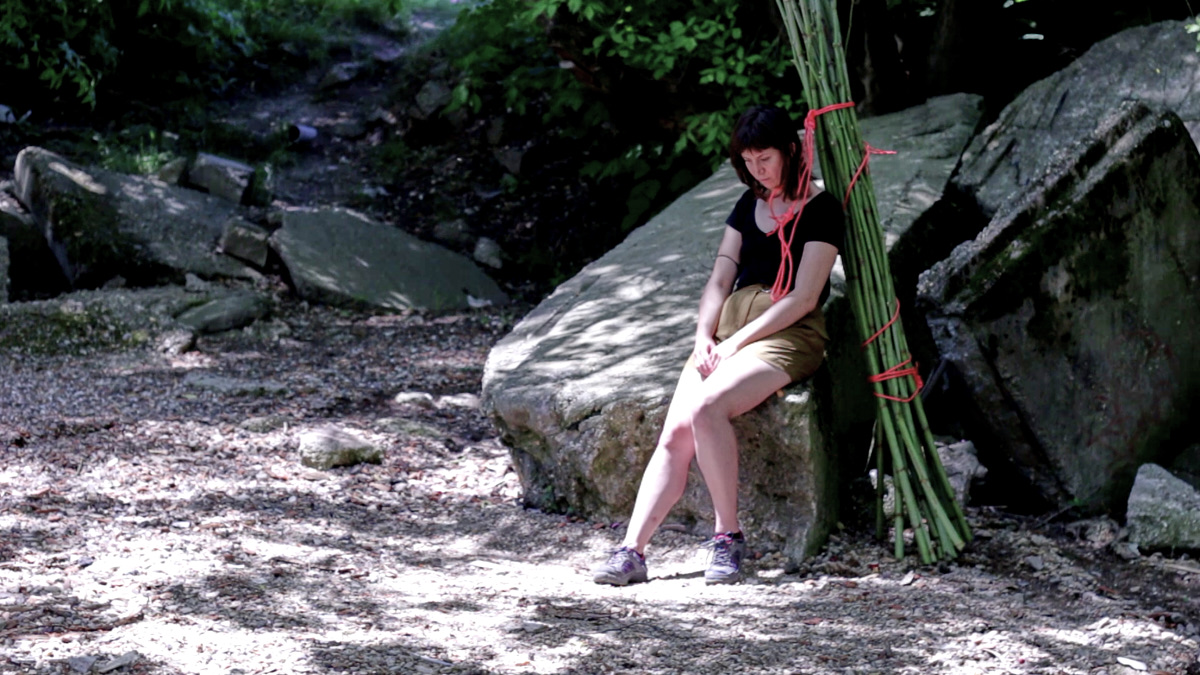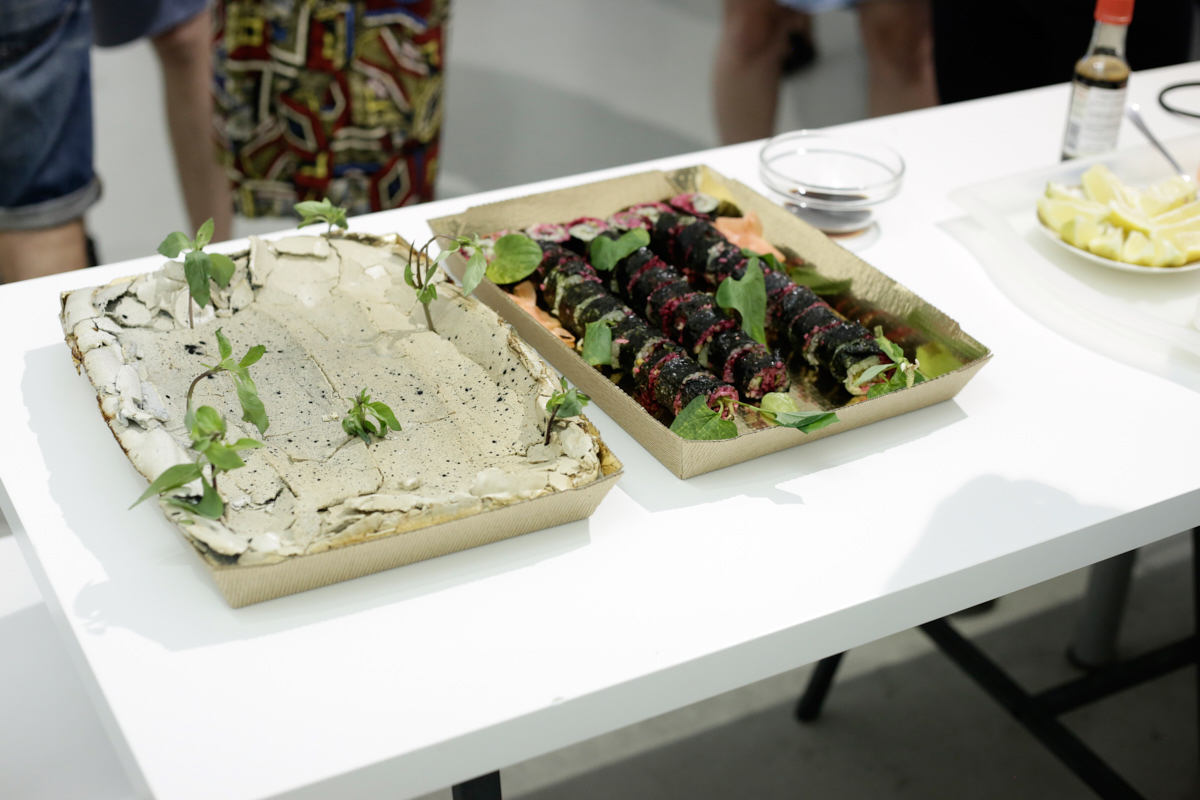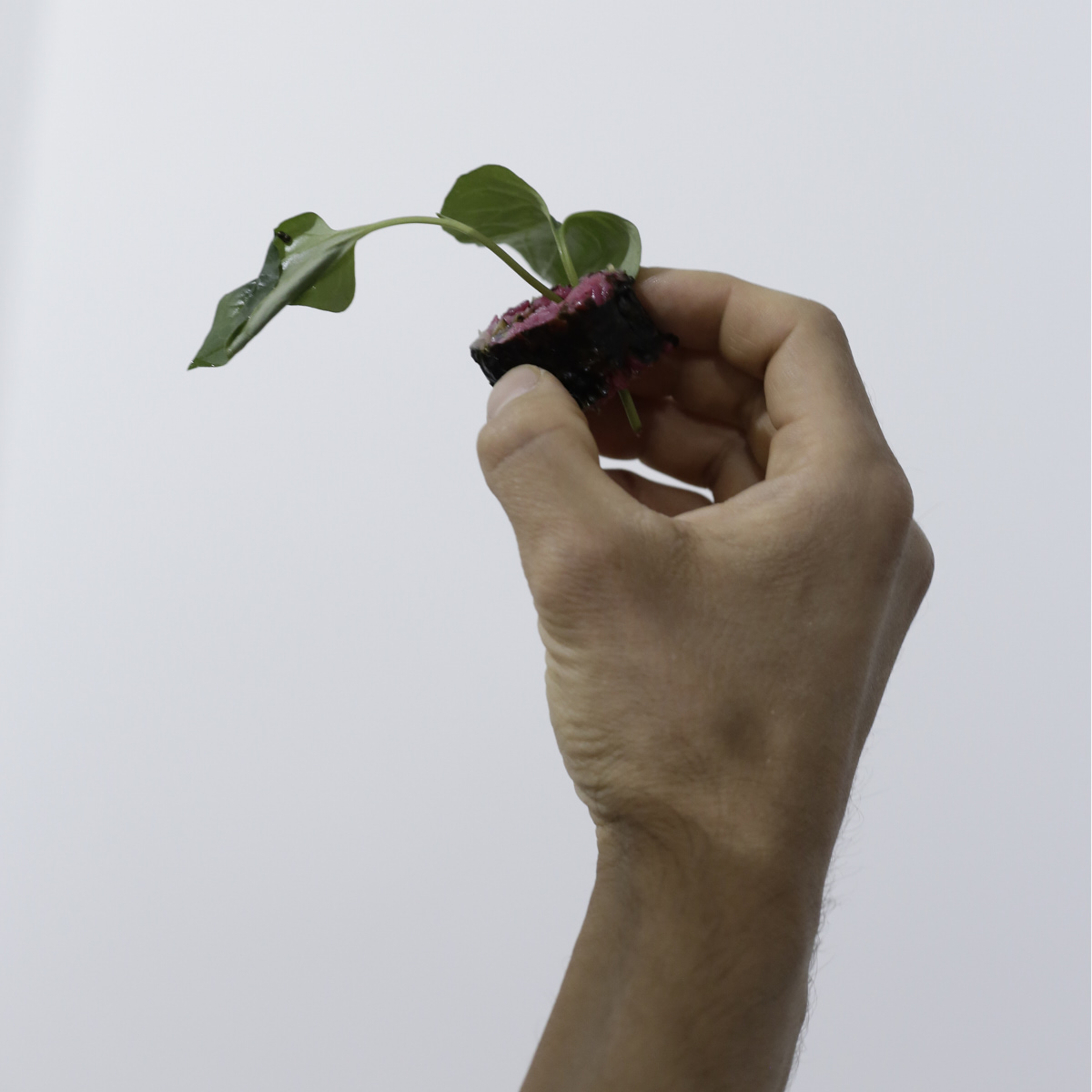with: Kitti Gosztola
Workshops, installations, and a video
— Wild Garden Utopia, Kunsthalle Bratislava, Slovakia, 2022 (workshop series)
— Plant Kingdom, Budapest Gallery, Budapest, 2022 (exhibition)
— Grounding ~ Seeding, tranzit.sk, Bratislava, Slovakia, 2022 (exhibition)
— DYSTOPIE sound art festival, Errant Sound, Berlin, 2020 (exhibition)
— Upon Us All Equally. tranzit statements for the future, tranzit.org,
Bucharest, 2019 (video screening)
— Wild Garden Utopia, Morning Boat, Jersey, 2018–2019 (workshop series)
photo, video: Sári Ember
— Travelling with a blind map, Kisterem Gallery,
Budapest, 2018 (exhibition and workshop series)
participants: Orsolya Barna, Sára Bagdi, Eszter Márkus, Manirathnam Murugesan,
Jainuddin Shaikh, Kató Somos, Lili Varga
— instagram: Wild Garden Utopia
Wild Garden Utopia is a science fiction presented through storytelling, joint work, shared meals, installations, and a video. A wishful thinking: what can be the best-case scenario after the inevitable collapse of the earth’s ecosystem.
In the 1840s a single piece of a female Japanese knotweed arrived at a garden in Leiden from Japan and soon it was named the “most interesting ornamental plant of the year” by the Society of Agriculture and Horticulture, Utrecht. In 1870 William Robinson promoted the extraordinary plant in his influential book The Wild Garden on plants that can grow with minimal human interaction imitating the wilderness. Having a wild garden has become fashionable. The Japanese knotweed soon escaped from captivity and started to act naturally, spreaded around the gardens, and beyond.
In 2022 the Japanese knotweed in Europe and North America covers huge areas. These colonies are still from that single female plant: a new offspring can grow only from a fragment of the parent plant or from a rhizome.
Now, we look at this plant from an anthropocentric point of view. We see a plant that can destroy infrastructure: houses, walls, roads, but in its natural habitat, the volcanic land, it is the first plant capable of breaking through the lava and pioneering for other living organisms. In the cities, it just does the same with concrete. The Japanese knotweed seeks to build a new ecosystem in the hostile urban lands.
Wild Garden Utopia takes place in the future when a new ecosystem emerges from the ruins of the old. In this era of primary succession, the pioneer species Japanese knotweed is forming a vast monoculture covering the former Western world. The plant is the key resource for the few humans to survive until a more diverse equilibrium will form in a million years. Until then they need to find peace with the plant, and use it as food, to build, and to play.







